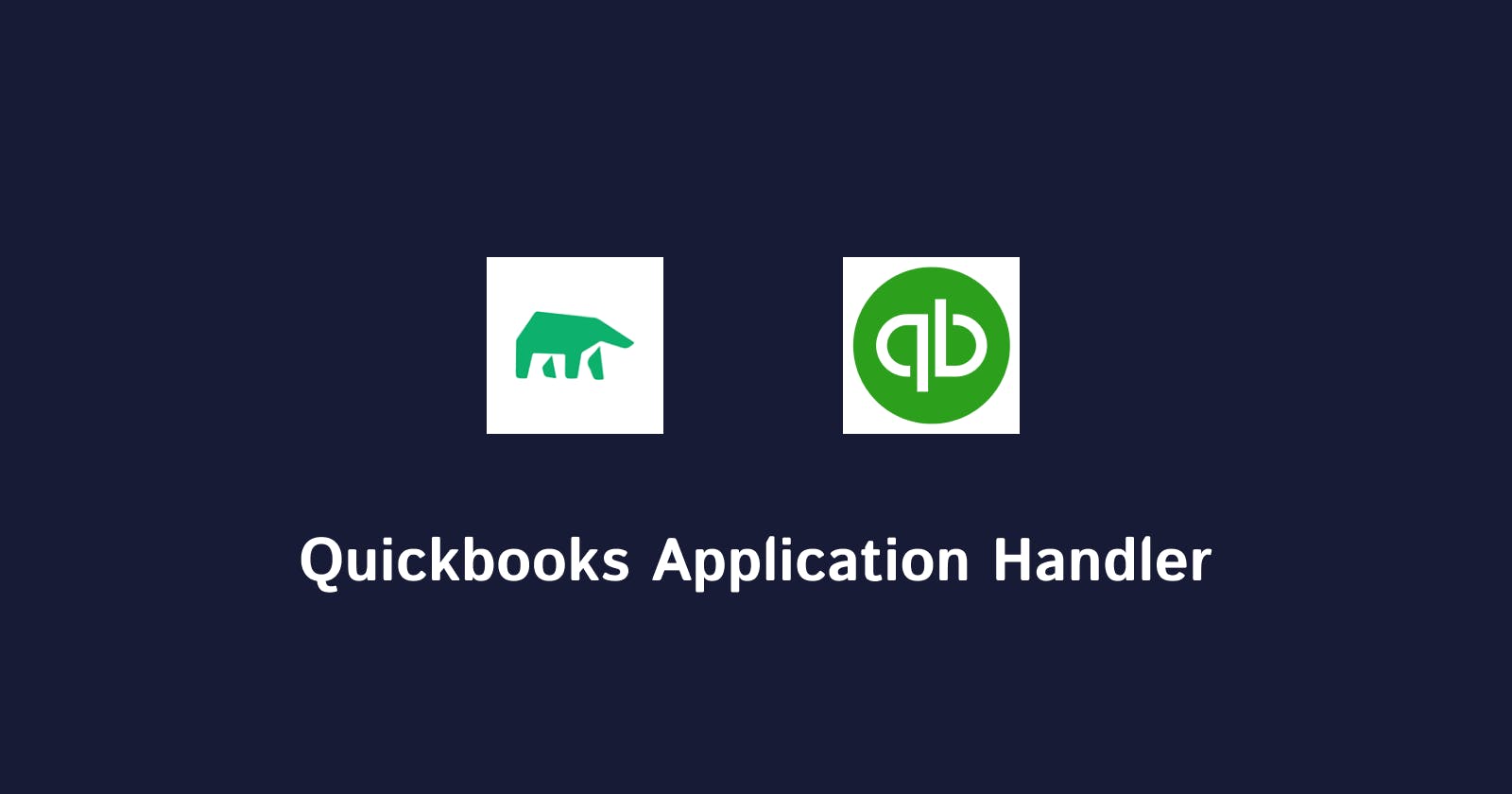MindsDB is a powerful machine-learning platform that allows users to fetch data from various sources and analyze it. To connect MindsDB to these sources, you need to use application handlers that act as a bridge between MindsDB and the applications providing APIs. In this article, we will discuss how to create a Quickbooks application handler for MindsDB. You can signup on mindsdb here: cloud.mindsdb.com and Hashnode hashnode.com
QuickBooks is an accounting software developed by Intuit, designed to cater to the financial and accounting needs of small and medium-sized businesses. It offers a range of features that help businesses manage their finances, such as tracking income and expenses, generating invoices, managing payroll, handling tax filings, and producing financial reports. The software is available in both desktop and cloud-based versions, with the latter being called QuickBooks Online.
What are API Handlers?
API handlers are responsible for connecting MindsDB to external applications that provide APIs. By implementing an API handler, you can access data from any application that has its handler integrated within MindsDB. There are two other types of handlers in MindsDB:
Database Handlers: These handlers connect MindsDB to databases, allowing you to fetch data from various database systems. To learn more about implementing a database handler, visit the doc page here.
ML Handlers: These handlers connect MindsDB to machine learning platforms, enabling you to use machine learning models and analyze data. To learn more about implementing an ML handler, visit the doc page here.
Creating a Quickbooks Application Handler
To create a Quickbooks application handler for MindsDB, you need to inherit from the APIHandler class and implement the necessary methods. This handler will enable MindsDB to fetch data from Quickbooks tables such as accounts, purchases, bills, vendors, employees, and bill payments.
The Quickbooks application handler code provided above is designed to integrate MindsDB with Quickbooks API. It allows MindsDB to fetch data from various Quickbooks tables, such as accounts, purchases, bills, vendors, employees, and bill payments. Let's break down the code and understand its components:
- Importing necessary libraries and modules:
The code starts by importing required libraries such as os, pandas, and QuickbooksOnlineSDK (from the qbosdk package). It also imports classes and functions from MindsDB modules like APIHandler, Config, and log.
- Core Methods
The Quickbooks application handler requires the implementation of five core methods, in addition to the __init__() method:
_register_table(): This method registers the data resource in memory. For example, when connecting to the Quickbooks API, it registers resources such as accounts, purchases, bills, etc.connect(): This method performs the necessary steps to connect and authenticate with the underlying system, in this case, the Quickbooks API.check_connection(): This method evaluates if the connection is alive and healthy.native_query(): This method parses any native statement string and acts upon it (e.g., raw syntax commands).call_application_api(): This method calls the application API and maps the data to a pandas DataFrame. It handles pagination and data mapping.
Depending on the system being integrated, you might need to implement additional private methods, new files, and folders to structure the work required for the core methods to function correctly.
API Table
After registering the data returned from the API call using the _register_table() method, you can map it to the APITable class. The APITable class provides CRUD methods:
select(): Implements the mappings from theast.Selectand call the actual API through thecall_application_api.insert(): Implements the mappings from theast.Insertand calls the actual API through thecall_application_api.update(): Implements the mappings from theast.Updateand calls the actual API through thecall_application_api.delete(): Implements the mappings from theast.Deleteand calls the actual API through thecall_application_api.get_columns(): Maps the data columns returned by the API.
Exporting All Required Variables
This is what should be exported in the __init__.py file:
The
Handlerclass.The
versionof the handler.The
nameof the handler.The
typeof the handler, eitherDATAhandler orMLhandler.The
icon_pathto the file with the database icon.The
titleof the handler or a short description.The
descriptionof the handler.The
connection_argsdictionary with the connection arguments.The
connection_args_exampledictionary with an example of the connection arguments.The
import_errormessage that is used if the import of theHandlerclass fails.
Conclusion
Creating a Quickbooks application handler for MindsDB involves inheriting from the APIHandler class and implementing the required methods. This custom handler will enable you to fetch data from various Quickbooks tables and analyze it using MindsDB. By understanding the core methods and API table, you can create powerful application handlers to integrate MindsDB with a wide range of applications.
Quickbooks application handler is available on MindsDb repo as a pr for now
#mindsdbhackathon #MindsDbHackathon
